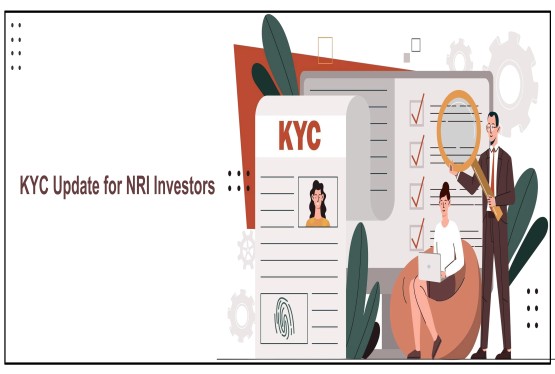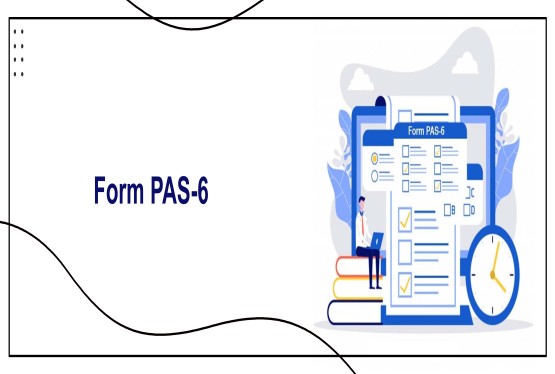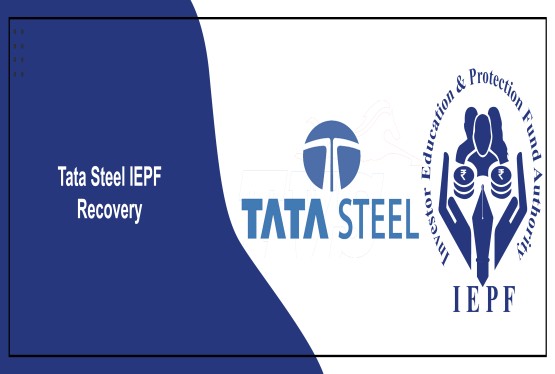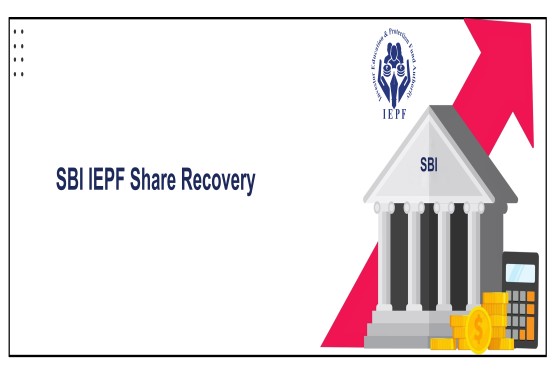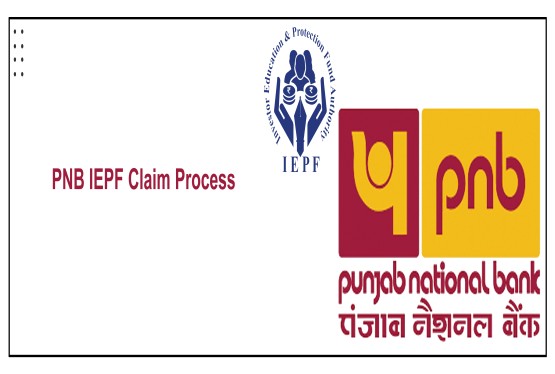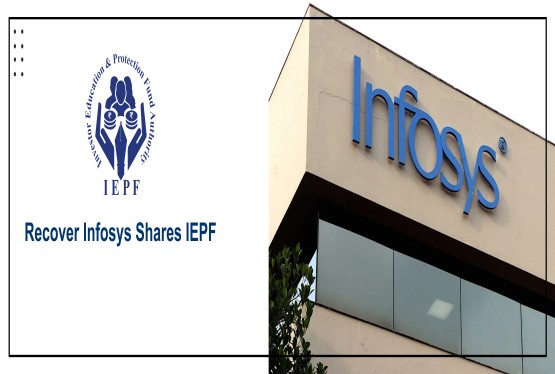If you're running a company in India, you probably already know that keeping up with compliance isn’t just about ticking boxes it’s about building trust, making informed decisions, and staying legally sound. Two of the most important events on your company’s compliance calendar are the Board Meetings and the Annual General Meeting (AGM).
The AGM is more than just a yearly formality. It’s a valuable opportunity for shareholders to connect with the company’s leadership, review financial performance, ask questions, and vote on key matters like the appointment of directors or declaration of dividends. It’s a space for transparency, accountability, and active shareholder involvement.
Similarly, Board Meetings help ensure that the company’s directors stay regularly engaged in steering the business forward. These meetings are held throughout the year to discuss strategy, review operations, and make important decisions. As per the Companies Act, 2013, the first board meeting must take place within 30 days of incorporation, and at least four board meetings should be held every year never more than 120 days apart.
Meaning and Purpose of AGM (Annual General Meeting)
Meaning:
An Annual General Meeting (AGM) is a mandatory yearly meeting where the shareholders of a company come together with its board of directors and auditors. It is a formal platform for discussing the overall financial health and performance of the company. As per the Companies Act, 2013, holding an AGM is a legal requirement for most companies (except One Person Companies), and it serves as an essential touchpoint between the company’s leadership and its owners the shareholders.
Purpose:
The primary purpose of an AGM is to ensure transparency and accountability by keeping shareholders informed and engaged. One of the key agenda items is presenting the audited financial statements of the company, which gives shareholders insight into the business’s profitability, assets, liabilities, and cash flow. It is also the meeting where dividends, if any, are proposed by the board and approved by the shareholders. Another important function of the AGM is to allow shareholders to elect or reappoint directors who will sit on the company’s board. Additionally, shareholders vote on the appointment or continuation of auditors and approve their remuneration. Sometimes, the company’s top leadership also shares insights into future strategies and plans, giving shareholders a sense of direction and long-term vision.
Meaning and Purpose of Board Meeting
Meaning:
A Board Meeting refers to the formal meeting of a company's board of directors. These meetings are held regularly throughout the year and are crucial for discussing the company's current status, future strategies, and critical decisions that affect day-to-day operations and long-term goals. As per the Companies Act, 2013, every company must hold its first board meeting within 30 days of incorporation and a minimum of four meetings in each calendar year, with not more than 120 days between two meetings.
Purpose:
The main purpose of board meetings is to ensure that the company is being run efficiently, legally, and in line with the vision of its leadership. Directors use these meetings to take strategic decisions related to finance, expansion, investment, compliance, and governance. They review performance reports, discuss key developments, and monitor progress against business goals. Board meetings also serve to approve or recommend decisions such as appointments, resignations, policy changes, budgets, and major contracts. These meetings ensure that the leadership is aligned, proactive, and legally compliant in their decision-making process.
Statutory Provisions
Under Section 96 of the Companies Act, 2013, every company (except One Person Companies) must hold an Annual General Meeting (AGM). The first AGM must be held within 9 months of the end of the first financial year, and subsequent AGMs within 6 months of the end of each financial year, with a maximum gap of 15 months between two AGMs. A 21 clear days’ notice must be given to all members, failing which the company may face penalties.
For Board Meetings, Section 173 requires all public and private companies to hold at least four meetings each calendar year, with no more than 120 days between any two meetings. Section 8 companies (non-profits) must hold at least one meeting in each half of the year. As per Section 174, the quorum for a board meeting is two directors or one-third of the total strength, whichever is higher. Section 118 mandates that minutes of all meetings be properly recorded, and the Companies (Meetings of Board and its Powers) Rules, 2014 provide detailed procedural guidelines for conducting board meetings, including use of video conferencing and documentation.
AGM compliance requirement in India
In India, holding an Annual General Meeting (AGM) is more than just a corporate formality it's a legal requirement and a valuable opportunity to connect with shareholders. Governed primarily by Section 96 of the Companies Act, 2013, the AGM ensures that the company remains transparent about its performance and compliant with statutory obligations. Here’s how you can conduct an AGM smoothly and in full compliance with Indian law.
Planning and Initiating the AGM Process
The first step in conducting an AGM is planning. This typically starts with a board meeting where all directors are formally notified at least seven days in advance. During this meeting, the board finalizes the date, time, and agenda of the upcoming AGM. If the company anticipates delays in completing its financials or audit, the board may pass a resolution seeking an extension to hold the AGM beyond the regular deadline.
In cases where an extension is needed, the company must submit Form GNL-1 to the Registrar of Companies (RoC). This form should include the resolution passed by the board, along with any supporting documents explaining the reasons for the delay. The RoC will review the application and, if satisfied, issue a certificate granting the extension.
Sending Out the AGM Notice
Once the AGM is scheduled, it’s time to notify everyone who needs to be there. A clear 21-day notice must be sent to all shareholders, directors, and auditors. This notice should include key details such as the date, time, venue (or video conferencing link), and the meeting agenda. Companies can send these notices through post, email, or by publishing them on their website. This step is important, as a meeting held without proper notice may be considered invalid.
Holding the AGM
AGMs can be held either in person or virtually, using video conferencing or other audio-visual tools. This flexibility has made participation easier for stakeholders who might be located in different cities or even countries. During the AGM, the company typically discusses its audited financial statements, reports from the board and auditors, proposed dividends, and any decisions regarding the reappointment of directors or auditors. This is also the time when shareholders can ask questions and express their views.
Meeting Compliance Requirements
For an AGM to be valid, it must meet the minimum quorum requirement. For private companies, at least two members need to be present. For public companies, the number varies between five and thirty members depending on the total shareholder count. Voting during the meeting can happen in different ways through a show of hands, e-voting, postal ballots, or via proxies appointed to vote on someone else’s behalf. The type of resolution (ordinary or special) will determine the voting threshold.
Post-Meeting Documentation and Filing
After the AGM, it’s essential to document everything properly. Minutes of the meeting must be prepared and signed within thirty days. These minutes are an official record of what was discussed and the resolutions that were passed. In addition, the company must file Form MGT-15 with the RoC, also within thirty days. This form provides a summary of the meeting proceedings and helps maintain legal transparency.
What Happens if You Don’t Comply
Not holding an AGM on time or failing to meet the necessary requirements can lead to serious consequences. The company may face penalties up to Rs.10,00,000, and directors can be fined individually up to Rs.1,00,000, with further penalties for continued default. In more serious cases, the National Company Law Tribunal (NCLT) may step in and direct the company to conduct the AGM as soon as possible.
Case laws on AGM
In the case of Mathew vs. Nadukkara Agro Processing Co. Ltd. (2001), the Kerala High Court held that not holding the meeting constitutes a continuing default. Therefore, in such situations, the appropriate action is to instruct the company to hold the meeting as soon as possible. Applying this reasoning, the court ordered the company to convene the meeting within one month from the date of the order.
Board Meeting Compliance in India
Conducting board meetings properly is not just a good governance practice it’s a legal requirement under the Companies Act, 2013 and the Companies (Meetings of Board and its Powers) Rules, 2014. This guide walks you through the standard procedure for planning and conducting a compliant Board Meeting in India.
Issuing Notice and Preparing for the Meeting
Every board meeting must begin with a formal notice sent to all directors at least seven days in advance. This notice, along with the agenda and detailed notes, should be delivered in writing either by hand, speed post, registered post, or electronic means. If it’s sent via post, the company must account for an additional two days for delivery. The Company Secretary typically issues this notice, or if there is none, a director or another authorized person steps in. Directors must also be informed about the option to attend the meeting through video conferencing or other audio-visual means, with clear technical details provided for smooth participation.
If any Director wishes to attend the meeting remotely, they must inform the Company Secretary or Chairperson in advance so proper arrangements can be made. In special cases, such as discussing unpublished price-sensitive information, notes may be shared within a shorter timeframe if most Directors especially at least one independent Director approve. For better organization, every item on the agenda must be serially numbered for easy tracking and reference during the meeting.
Conducting the Board Meeting
Ensuring Quorum and Leave of Absence
Before starting the meeting, it's essential to confirm that the required quorum is present. The quorum must be maintained not only at the beginning but throughout the meeting. Any Director wishing to take a leave of absence must inform the Company Secretary, Chairman, or the authorized person responsible for issuing the notice. Only then will the absence be considered valid under the law.
Chairmanship and Roll Call
The Chairperson of the company will preside over the board meeting. If there is no designated Chairperson, the Directors present will elect one among themselves to conduct the meeting. At the beginning, the Chairperson will take a roll call to confirm the presence of Directors, including those joining via video conferencing or other audio-visual means. The name and location of each Director attending remotely must be recorded in the minutes.
Attendance Register and Virtual Participation
An attendance register must be maintained and signed by all Directors. Those participating electronically are deemed to have signed the register, and this is verified by the Company Secretary or, in their absence, by the Chairman or any other present Director. These details must be clearly documented in the minutes of the meeting.
Presentation of Documents and Conflict of Interest
Contracts, business reports, and strategic documents must be laid before the Board during the meeting and signed by the attending Directors. If the Chairman has an interest in any matter being discussed, they must recuse themselves for that particular item. A non-interested Director may take over chairing that section, with the consent of the majority. In private companies, the Chairman can still participate after disclosing the nature of their interest.
Voting and Decision-Making
Each Director is entitled to one vote on resolutions. In the case of a tie, the Chairman may exercise a casting vote to break the deadlock. Any item not originally included in the meeting agenda can only be taken up with the approval of the Chairman and the majority of Directors present. Such decisions must be formally recorded.
Concluding the Meeting
Once all agenda items have been discussed and voted on, the meeting is concluded formally. The session ends with a vote of thanks to the Chairperson for conducting the proceedings.
Case law on Board meetings
"In the matter of Kamstrup Metering Solutions Private Limited" is that Kamstrup Metering Solutions Private Limited conducted board meetings during the financial year 2017–18 without issuing the mandatory seven-day prior notice to its directors, as required under Section 173(3) of the Companies Act, 2013. Although the company claimed the violation was unintentional and both directors attended the meetings, the Registrar of Companies held them accountable due to the absence of evidence identifying the responsible officer. Consequently, a penalty of Rs.25,000 was imposed on each director Mr. Suneel Suresh Bhambere and Mr. Mikael Hansen totaling Rs.50,000. The company was instructed to pay the fine through the MCA portal and file the necessary compliance form, with a warning of further legal action if the penalty remained unpaid within the stipulated period.
Conclusion
Staying compliant with Board Meeting and AGM requirements isn't just about meeting legal formalities it’s about strengthening governance, building shareholder trust, and ensuring smooth business operations. Whether it’s the regular strategic discussions of the board or the once-a-year opportunity for shareholders to engage meaningfully through the AGM, these meetings play a vital role in a company’s lifecycle. Following the correct procedures, maintaining transparency, and documenting every step not only keeps your company on the right side of the law but also reflects professionalism and accountability. In the end, good compliance is good business.











































































_crop10_thumb.jpg)


































































_crop10_thumb.jpg)
_crop10_thumb.jpg)



_crop10_thumb.jpg)


_crop10_thumb.jpg)





_crop10_thumb.jpg)

_crop10_thumb.jpg)














-suratgujarat-section-158_crop10_thumb.jpg)
-suratgujarat_crop10_thumb.jpg)
-(33)_crop10_thumb.jpg)



-ahmedabad_crop10_thumb.jpg)
-learn_crop10_thumb.jpg)

-learnn_crop10_thumb.jpg)



























































_crop10_thumb.jpg)















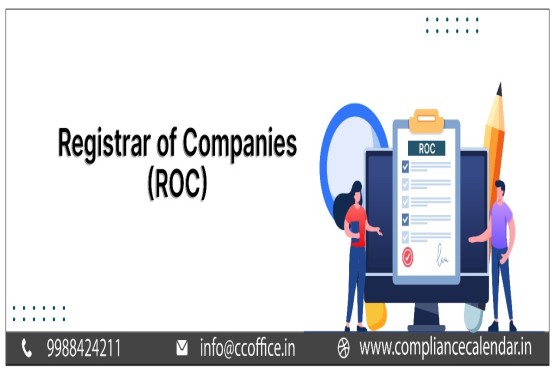







_Guidelines_learn_crop10_thumb.jpg)























_learn_crop10_thumb.jpg)
_crop10_thumb.jpeg)










_crop10_thumb.jpg)




_Second_Amendment_Rules,_2025_learn_crop10_thumb.jpg)







_learn_crop10_thumb.jpg)






















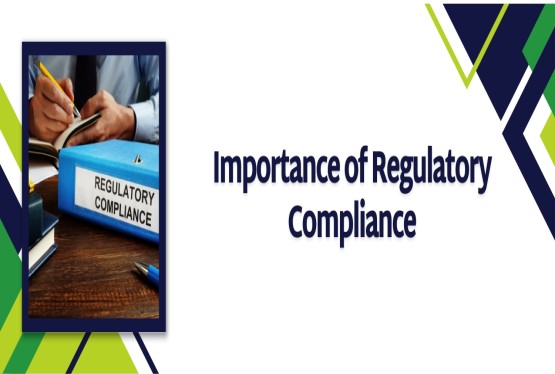







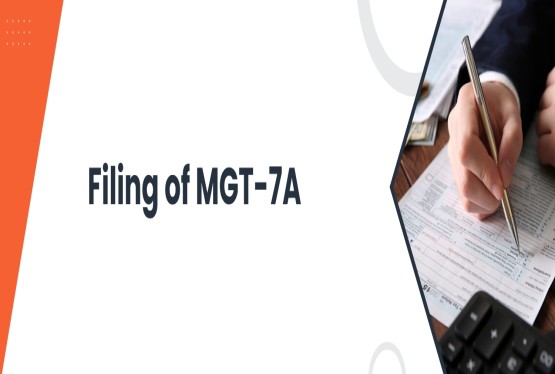
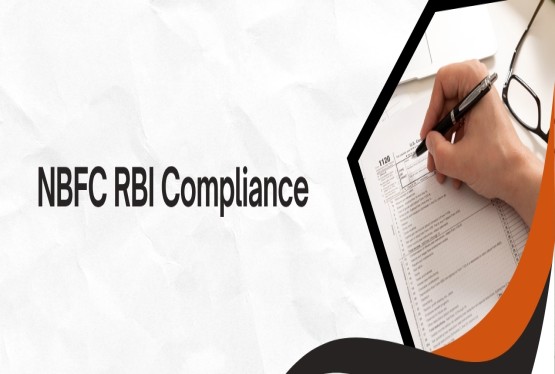






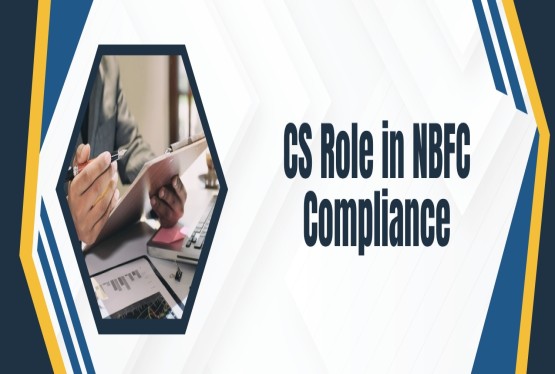


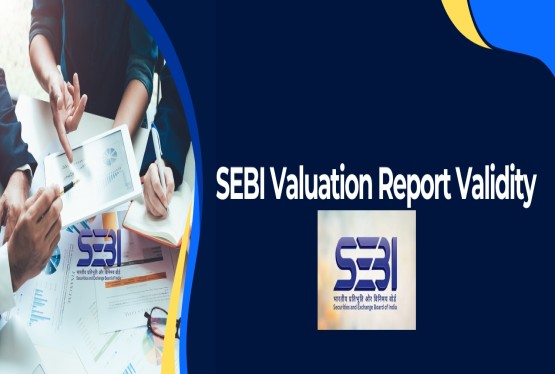

_learn_crop10_thumb.jpeg)

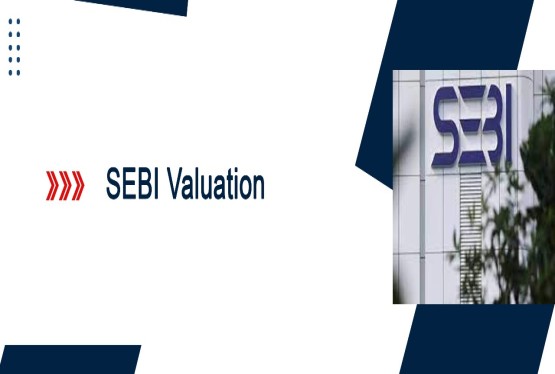






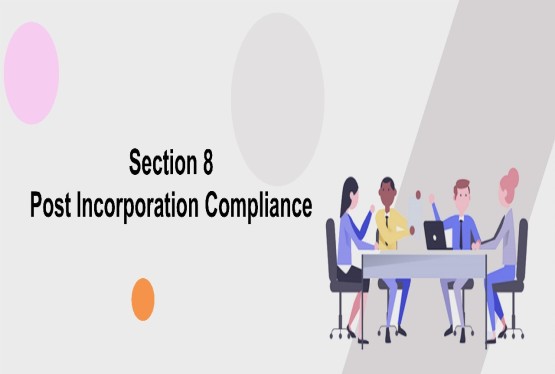
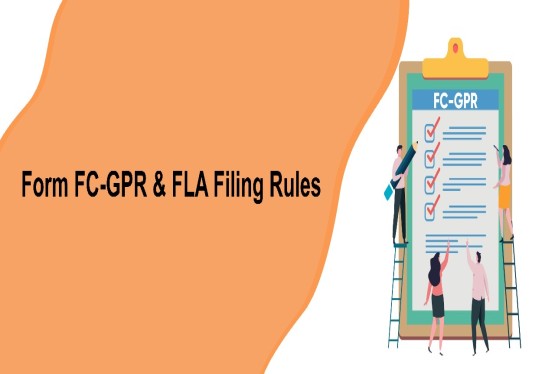
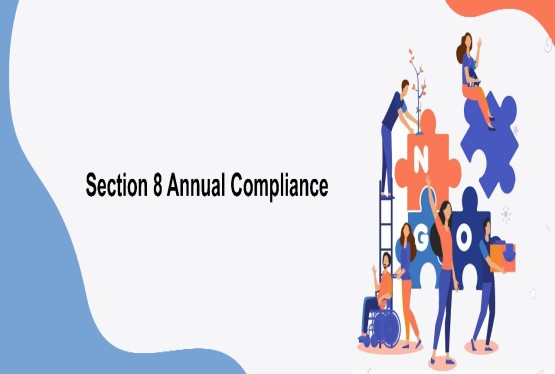
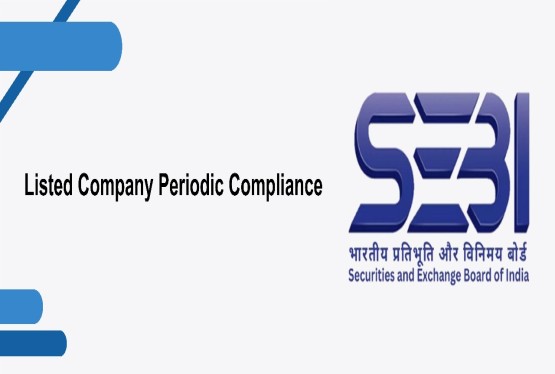

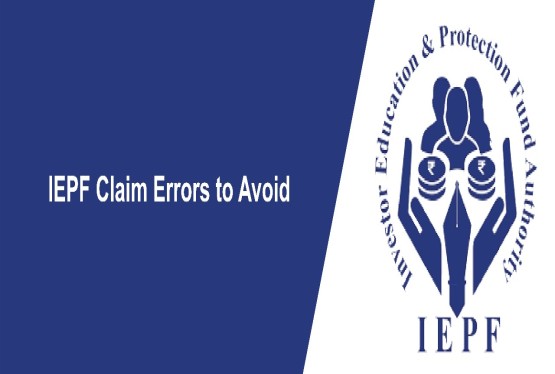


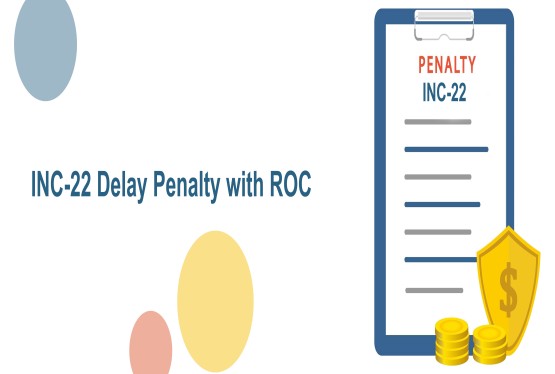


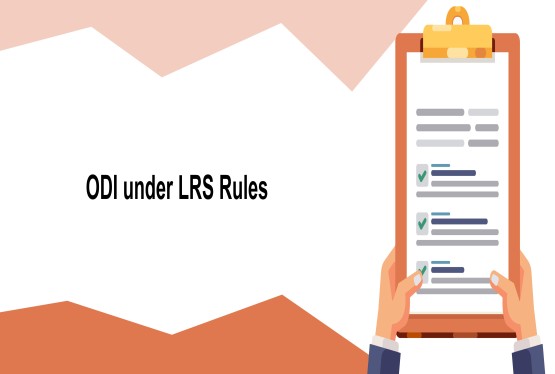
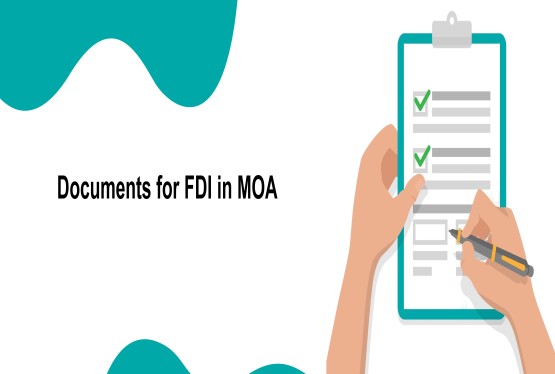


_learn_crop10_thumb.jpg)


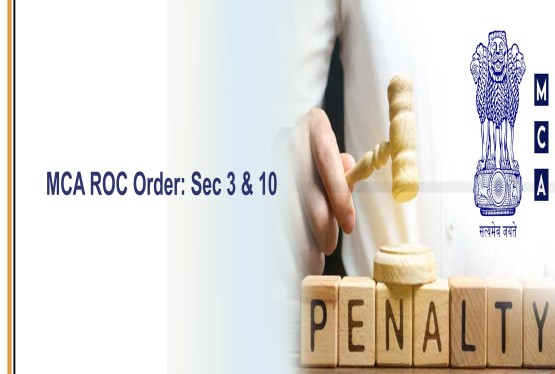
_rd_roc_learn_crop10_thumb.jpg)
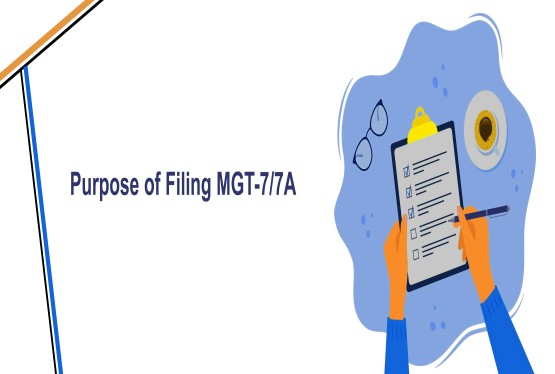





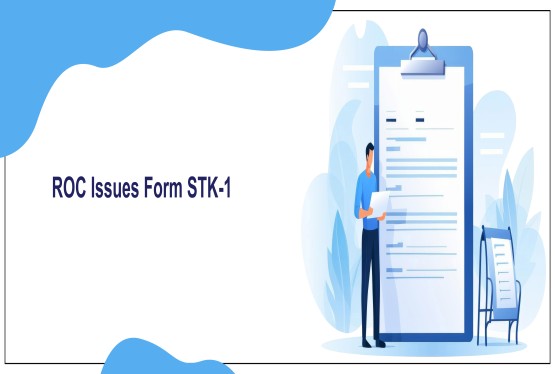






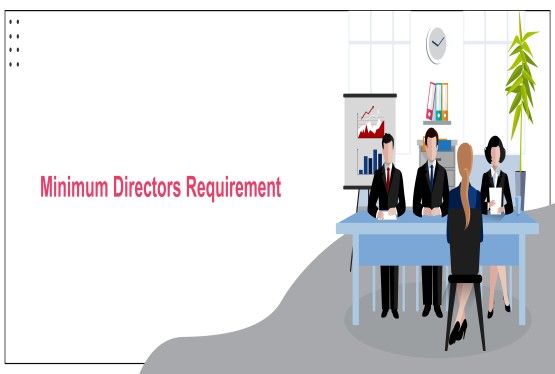

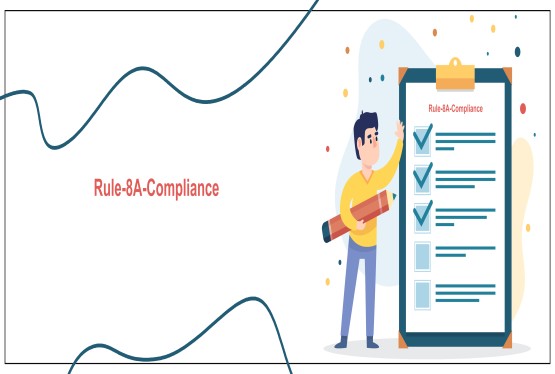
_learn_crop10_thumb.jpg)


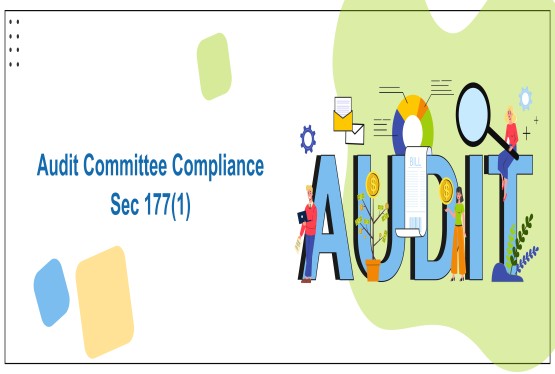



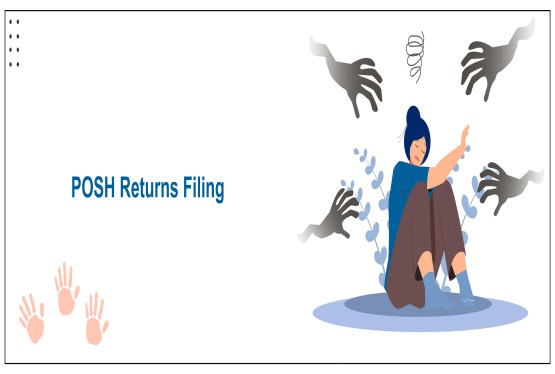


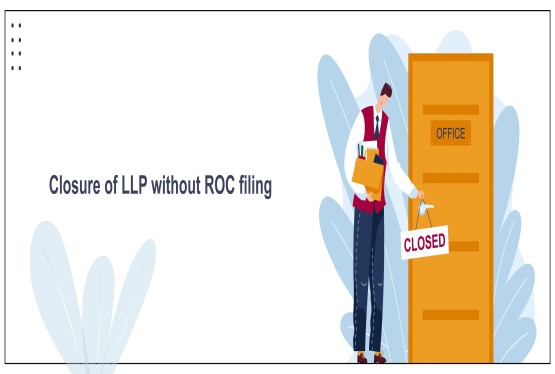


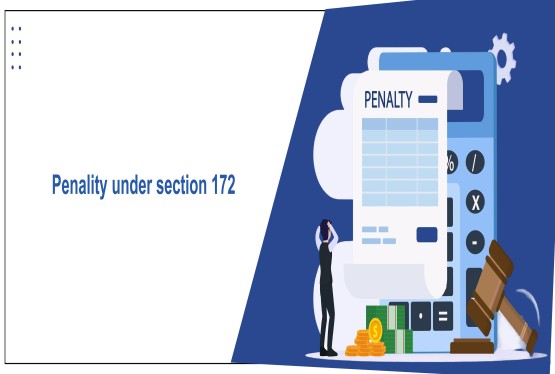

_learn_crop10_thumb.jpg)
_Learn_crop10_thumb.jpg)



